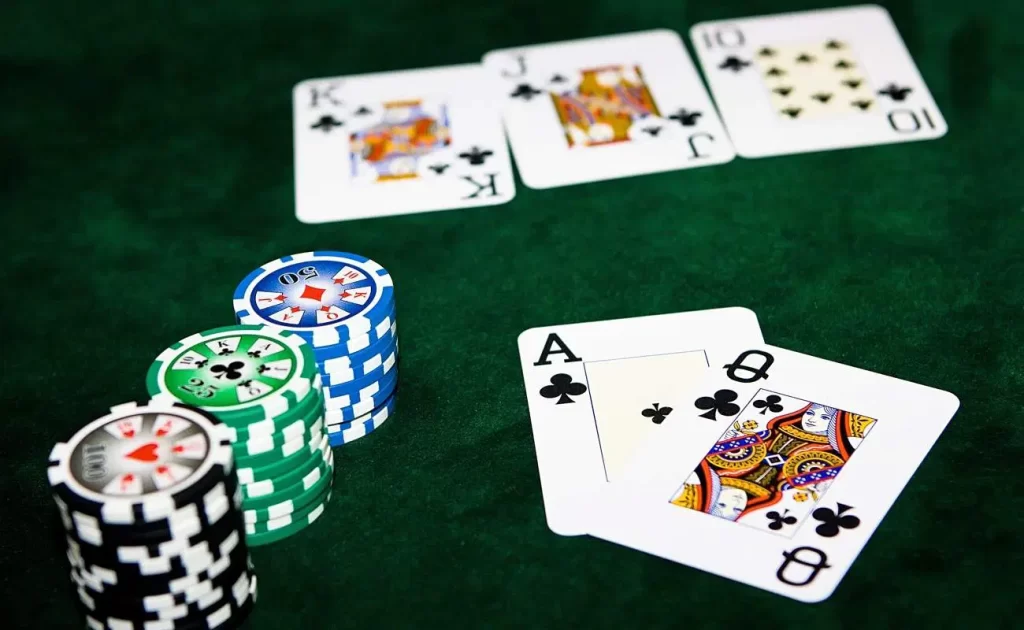
Analyzing Hand Ranges – A Key Skill for Winning Poker Players
Poker players need to learn to perform this type of range analysis in order to determine the range of a holding. If you can do this with some degree of accuracy, you can select an appropriate strategy against some starting hands.
This might be in an iterative way: you both have a go at estimating, then swing, taking it in turns. This will allow you to learn about each other’s style, and through this practice you’ll be able to identify patterns in your opponent’s movements and begin to make more informed estimates about their hitting range. Beginners often find it hard to do this, so you will need to help them.
Pre-flop betting phase
Quality decisions before the flop are important in poker, and one way of improving your chances for winning is through sound preflo
If you’re facing a huge raise, calling is better than folding, as it will put them on a range that won’t see that you have a bad hand and hence will make them prone to call with weaker ones multiple times during the round.
Thin the field by raisingFirst, perhaps the most common reason to raise pre-flop is to thin the field by raising. When you raise, you force out some of the weaker hands that otherwise might hope to see a flop against you. If you get your raise through, your hand may end up being the only dominant pre-flop hand, dramatically improving your pot odds and therefore changing the math of the situation almost entirely. Raising pre-flop can dramatically improve your chances by getting rid of a third of your competition here. Just be careful not to over-raise, sending out negative signals about your own hand and inviting additional raises more than you actually want.
Post-flop betting phase
The most important skill in poker is assessing your opponents’ hands correctly. This isn’t to say you should know what exact hands a player could possibly have all at once. With sleuth-like deduction, you can whittle down their range of holdings, and plug them into a calculator to tell you the equity you hold against them. The process of range analysis should be a constant one that you are regularly updating on every street to suit the appropriate environment.
This is the bare minimum when it comes to analyzing your opponent’s range, as understanding how hands combine with the board calls for detailed reading of the board and providing a deeper understanding of each hand’s base combinations. Poker software and tracking tools like range app on your screen can help, and sometimes you have to use range options for the best intervention – for example, getting numbers on hands that are likely to contest for it, the aggression and betting ranges it employs on the flop and turn, the frequency it lands with the top of different combinations, what hands it combines with in different levelled board, and what%. If the hands are strong but miss the board, it can get really confusing, especially when your opponent is highly reactive and long-term aggressive. A perfect example of this is the player you can’t read (a stat that is explained later in this writing). The aim of all these observations is to make your interventions precise. Another example is where you bet with hands that are hiding.
Limits
A good understanding of your opponents range will make it easier to make +EV decisions when you sit down at the table. Pay attention to their actions and bets before, during and after every hand – once you can identify the placement of some of your opponents hands, you can disqualify some and quantify others. Watch what they do on later streets of play!
When you’re creating an opponent’s range, remember the best players in the world are as balanced as possible. This means they have strong value-bet hands but enough bluffs to be able to call any kind of board. Try using different bluff bet sizings against tight players to get them to fold bigger bets! Practice these techniques out of the table to create balanced ranges quicker!
Variations
Professional poker players think of ranges of hands. They are constantly deciding what possible hands might be living in an opponent’s deck at a particular moment, and then they use some rudimentary software tools to give them an idea as to exactly how strong these hands might be, on average. This allows them to more accurately adjust their in-game odds, and also to ‘suck out’ extra profits in cases where a tough call on the line is borderline.
Remember though that a hand range can change over the course of a hand, for example, the same opponent might check a greater percentage of medium-strength and poor hands after the flop than you expect, which can have a huge impact on how you play against an opponent in later streets.
Being able to assess an opponent’s range is a fundamental skill for good play. It allows you to infer what they might or might not be betting, pinpoint their potential leaks, and exploit their tendencies. Moreover, this skill is essential in determining your own tendencies and where you can improve.
